None other than the vast red-light district in Amsterdam, Netherlands, called De Wallen.
In the morning, the neighborhood is asleep until noon. The streets are quiet, almost deserted. However, after noon, both sides of the canal and the alleys come to life, with people pouring out until 3-4 am.
However, the neighborhood really gets “sinful” after nightfall. In May, in many European countries, it gets dark late, and by 9 p.m. the sky is still bright and people are visible. But even though darkness has not yet fallen, the whole neighborhood is enveloped by the dominant smell of marijuana and the red color of the lighted windows.
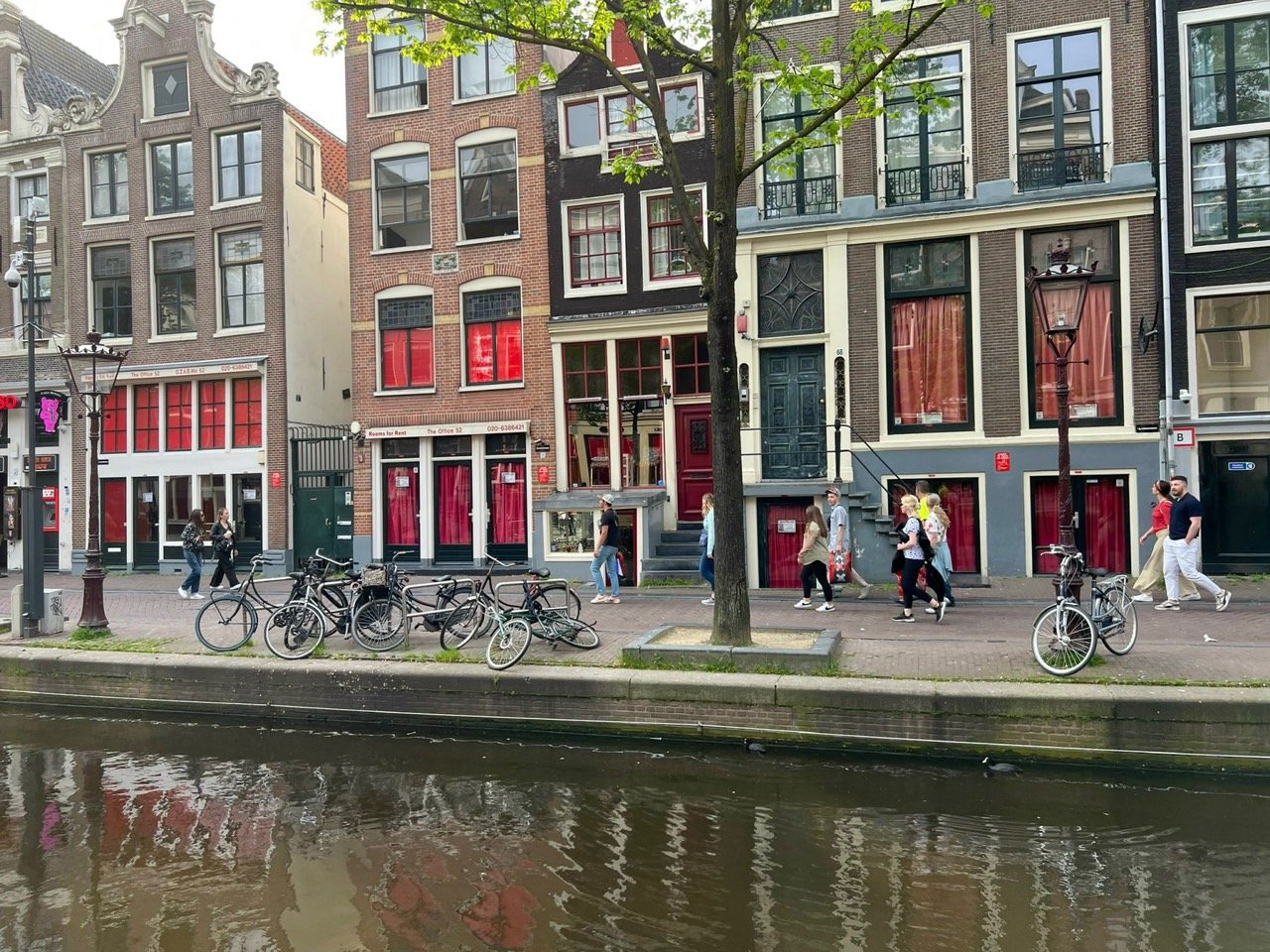
The windows are covered with red curtains during the day.
Cannabis is legal in Amsterdam, as in a handful of other European countries. Tourists can buy it in coffee shops and pot shops throughout the red light district, but street vending is illegal. As a result, signs have been posted in many areas of the neighborhood advising tourists not to buy cannabis on the street.
Alcohol, marijuana and prostitution overshadow other things about Amsterdam, such as the art, architecture and canals. Foreign tourists come to Amsterdam out of curiosity about these temptations, but many also come for the needs and experiences.
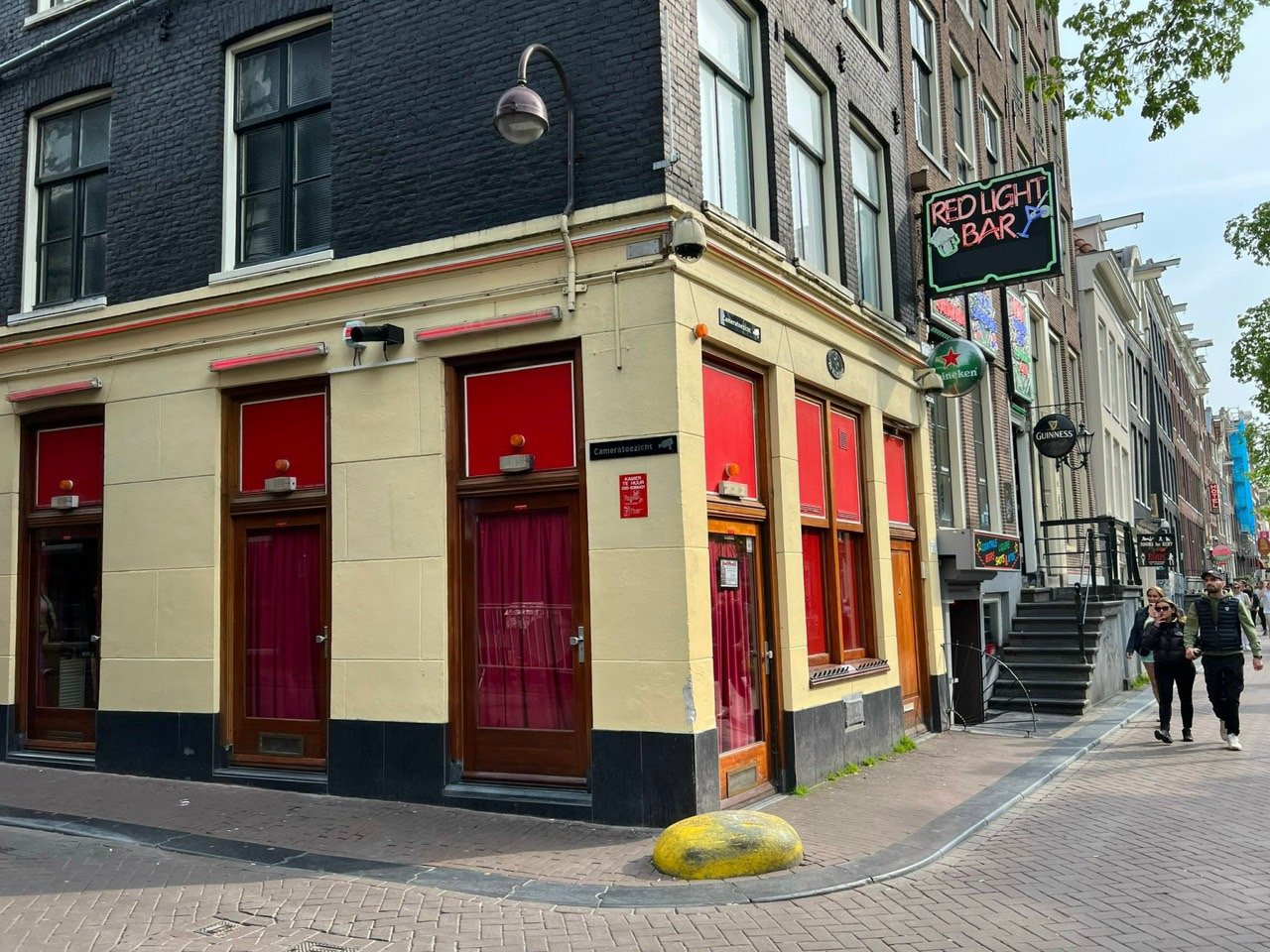
And has long become the unofficial symbol of Amsterdam.
De Wallen is the oldest neighborhood in Amsterdam, built in the Middle Ages and lasting for centuries, this place has always been famous for the image of women on the streets.
Nowadays in De Wallen there are all the services and products related to sex and drugs such as souvenir shops with sensitive images of people, sex museums, condom museums...
Because of its reputation as a “sin city” or “adult district”, there are absolutely no tourists with families and children here. Only groups of young men tipsy from alcohol, smoking strong-smelling marijuana, looking through the red-curtained windows (there are about 330 brothels with red windows in De Wallen)…
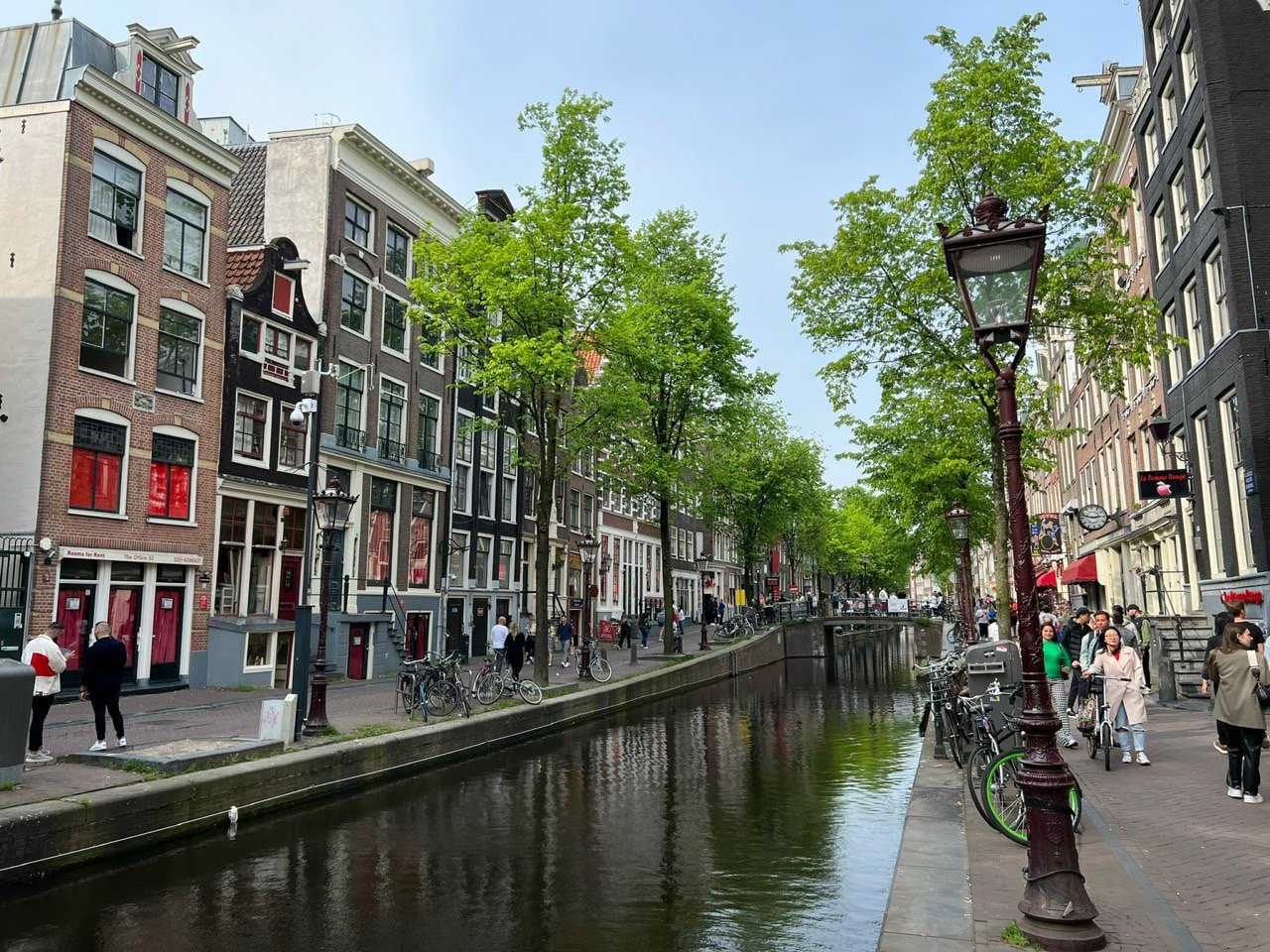
The red light district is concentrated mainly on both sides of the canal and in the surrounding alleys.
People living in the red light district have different views on prostitution and drugs. On CNN , Mrs. Matine Groen said because of the insecurity for her children, the whole family moved to a nearby apartment to live.
However, another resident - Ms. Sacha Kok said that she used to frequent the red light district when she was young because her family did business here and witnessed many negative things there.
When she was married and had children, she lived in the neighborhood of the red light district and her young son one day asked why the girls in the neighborhood were barely dressed.
"I explain to my children that this is how they can make money. Children are very flexible. They see everything when they are young, so they will be less curious about the unknown when they grow up.
For example, I was never attracted to drugs because I used to go to the neighborhood when I was young. I saw drug addicts, I saw what drugs can do to people," she shared her views.
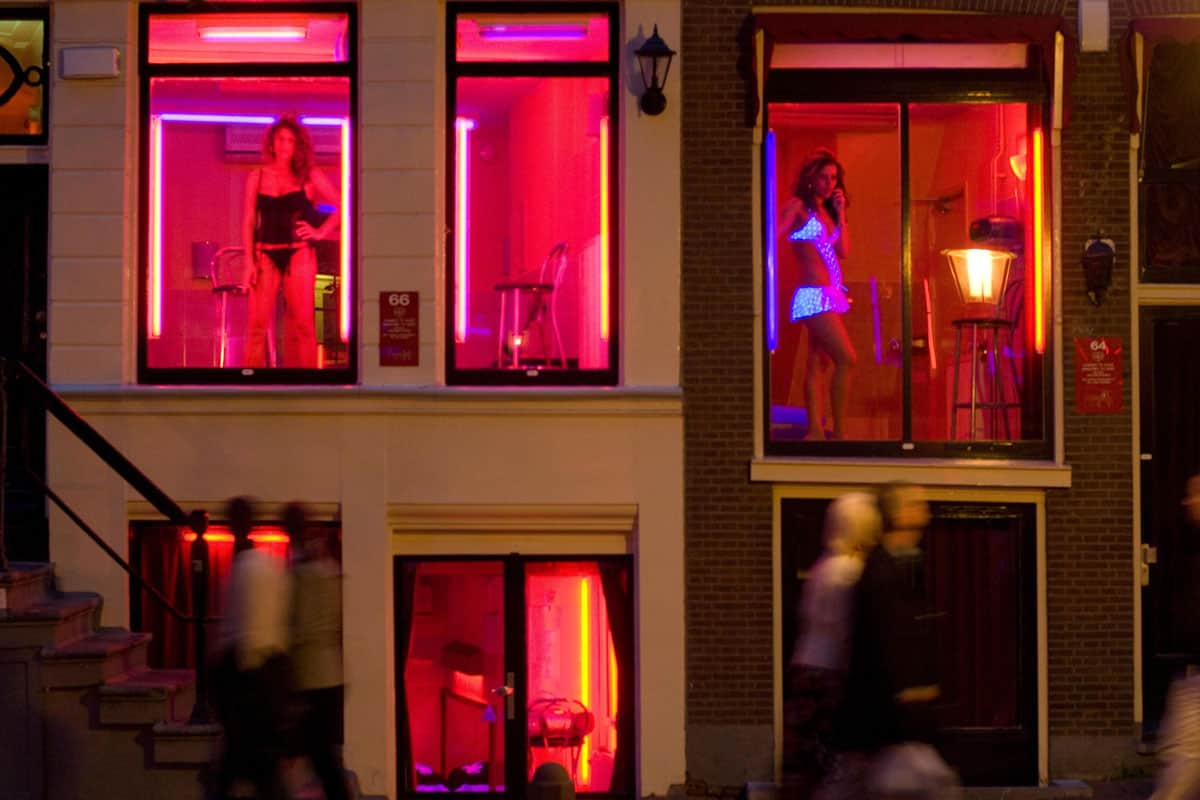
The red curtains are drawn up at nightfall.
After decades of being mired in alcohol, marijuana, and prostitution, Amsterdam is looking for a way out. In February, Amsterdam planned to ban marijuana use on the streets and take new steps to stop tourists from drinking in the red-light district.
"Residents of the old town center face a lot of trouble from the crowds of tourists and the abuse of alcohol and drugs on the streets," Amsterdam authorities told CNN.
Residents can't sleep well, and the red-light district is becoming unsafe and uninhabitable. City officials want De Wallen to attract visitors who want to explore its unique heritage, architecture and culture, rather than sex and drugs.
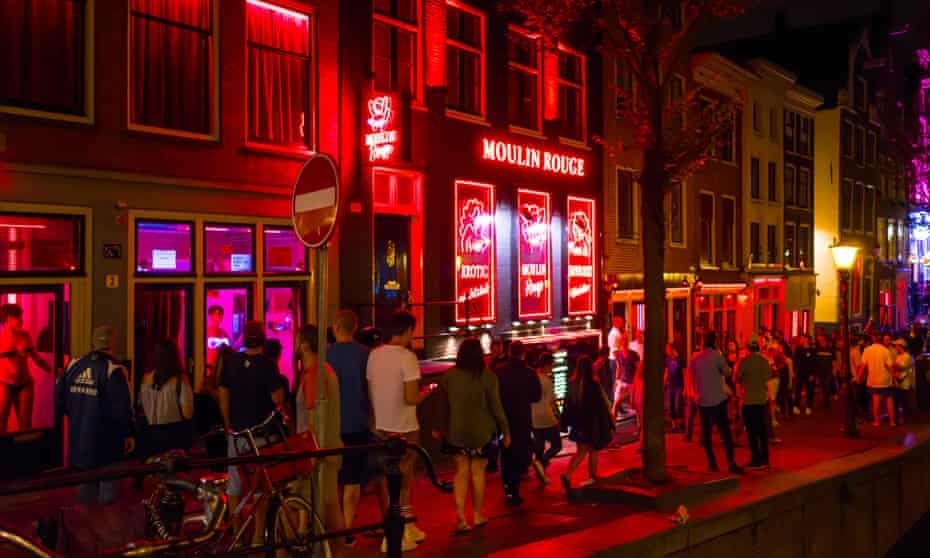
Crowded tourists at night in the red light district
Over the past few years, there have been many initiatives to reduce the impact of mass tourism and nuisance visitors, and improve the image of the area.
In 2020, guided tours were banned from passing through the red windows, and authorities have repeatedly mentioned moving the brothels to a neighborhood outside the city center.
This year, Amsterdam is expected to welcome more than 18 million overnight visitors. By 2024, that number could reach 23 million, while the city's population is only about 1 million.
Source link


![[Photo] Hanoi morning of October 1: Prolonged flooding, people wade to work](https://vphoto.vietnam.vn/thumb/1200x675/vietnam/resource/IMAGE/2025/10/1/189be28938e3493fa26b2938efa2059e)











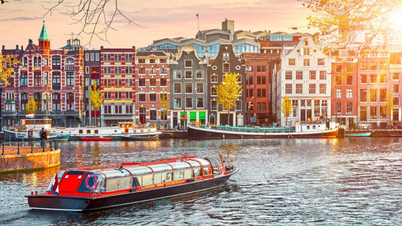









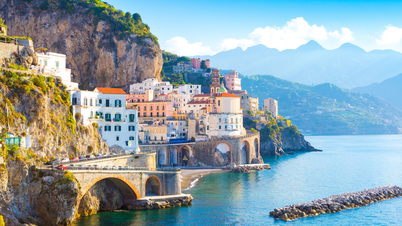










![[Photo] The 1st Congress of Phu Tho Provincial Party Committee, term 2025-2030](https://vphoto.vietnam.vn/thumb/1200x675/vietnam/resource/IMAGE/2025/9/30/1507da06216649bba8a1ce6251816820)
![[Photo] President Luong Cuong receives President of the Cuban National Assembly Esteban Lazo Hernandez](https://vphoto.vietnam.vn/thumb/1200x675/vietnam/resource/IMAGE/2025/9/30/4d38932911c24f6ea1936252bd5427fa)
![[Photo] Panorama of the cable-stayed bridge, the final bottleneck of the Ben Luc-Long Thanh expressway](https://vphoto.vietnam.vn/thumb/1200x675/vietnam/resource/IMAGE/2025/9/30/391fdf21025541d6b2f092e49a17243f)



























































Comment (0)